WEATHER
Top 25 Places to Live in the USA to Avoid Natural Disasters
Published
4 months agoon

Shutterstock
Living in a region that’s less prone to natural disasters can provide peace of mind and security. Whether it’s hurricanes, tornadoes, earthquakes, or flooding, some areas in the United States are safer than others when it comes to avoiding these major events. While no location is completely immune to nature’s forces, certain cities and regions have a lower likelihood of facing such challenges. In this guide, we’ll explore 25 of the best places in the USA where the risk of natural disasters is minimized. If you’re looking to relocate or find a new place to call home, these locations offer a safe haven from many of nature’s unpredictable dangers.
Syracuse, New York
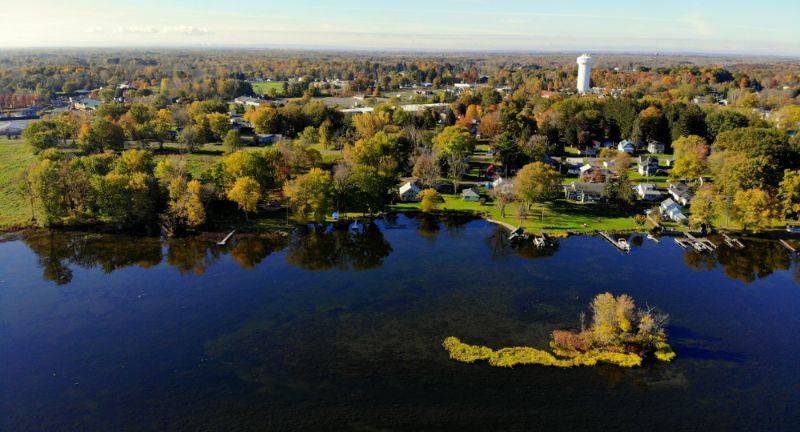
Shutterstock
Syracuse is located safely away from the coast, which makes it an ideal place for those wanting to avoid hurricanes and flooding. Its inland position also shields it from earthquakes and tornadoes that plague other parts of the country. Although snow can be a challenge during the winter months, Syracuse is well-equipped to handle heavy snowfall. Overall, it’s a safe option for people looking to minimize their exposure to natural disasters.
Salt Lake City, Utah
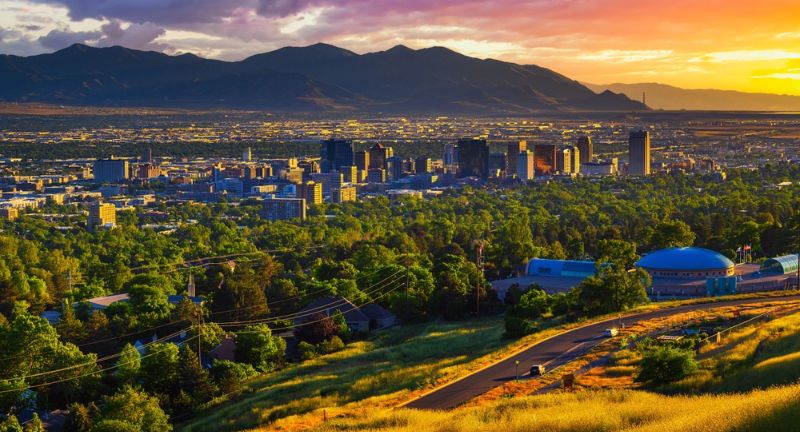
Shutterstock
Salt Lake City sits far inland, protecting it from hurricanes and other coastal storms. Tornadoes are rare in Utah, and the region experiences only minimal seismic activity. While the city is located near fault lines, building codes are designed to handle minor earthquakes. This combination of factors makes Salt Lake City a relatively safe haven from most natural disasters.
Minneapolis, Minnesota
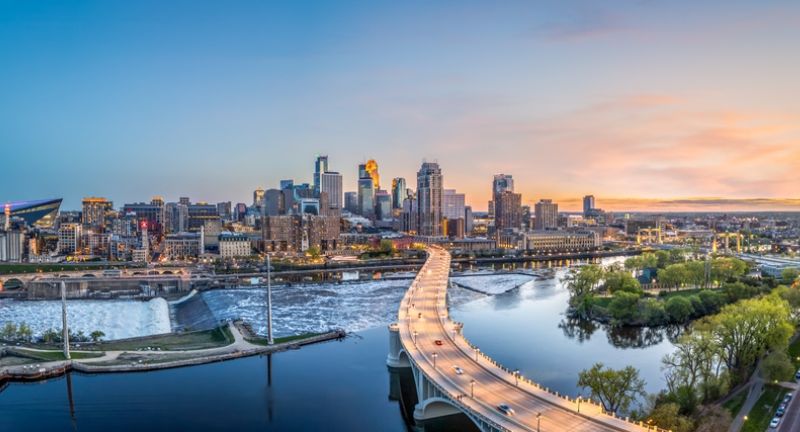
Shutterstock
Minneapolis enjoys the advantage of being far from hurricane zones and earthquake fault lines. The city doesn’t typically experience tornadoes or significant flooding, making it a safe option. While the winters are known for being harsh, Minneapolis is well-prepared to handle snow and cold temperatures. Natural disasters like hurricanes or large-scale flooding are virtually unheard of in this region.
Spokane, Washington
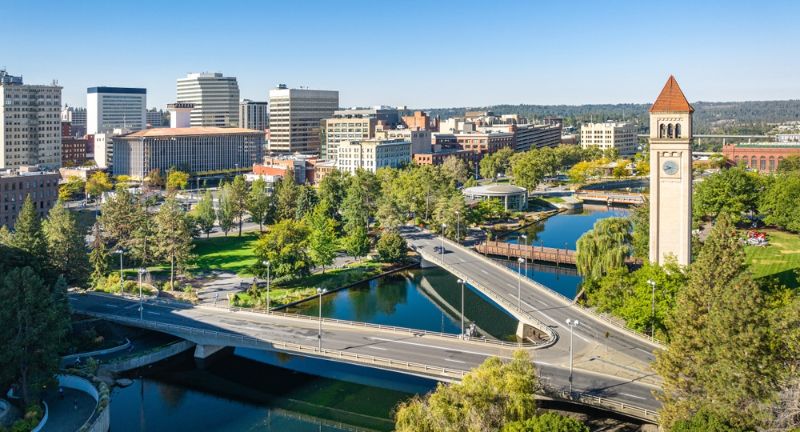
Shutterstock
Spokane, located in eastern Washington, is far from the coast and the risk of Pacific hurricanes and tsunamis. The city also lies outside of major earthquake zones and does not experience significant tornado activity. Spokane’s dry climate also reduces the likelihood of floods and large wildfires that affect western parts of the state. It’s a great option for those looking for safety from multiple types of natural disasters.
Boise, Idaho
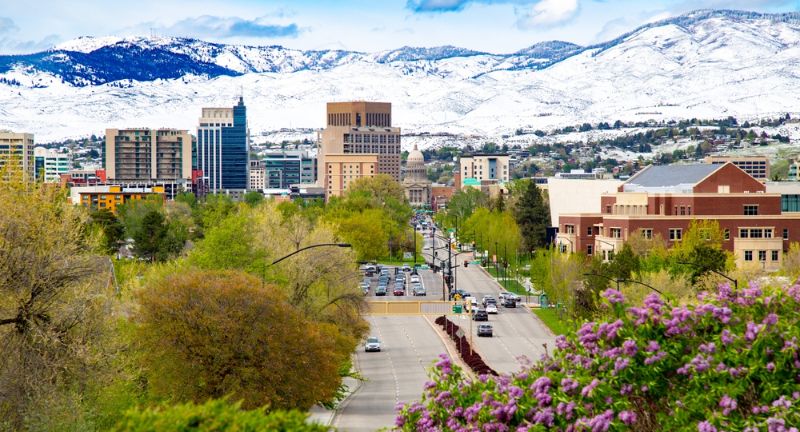
Shutterstock
Boise’s inland location keeps it safe from hurricanes and most severe weather patterns. The region experiences minimal earthquake activity, and tornadoes are rare. Boise’s dry climate also means there’s a very low risk of flooding, which is a major concern in other parts of the country. Overall, it’s a great place for those wanting to avoid major natural disasters while enjoying a peaceful, stable environment.
Portland, Maine
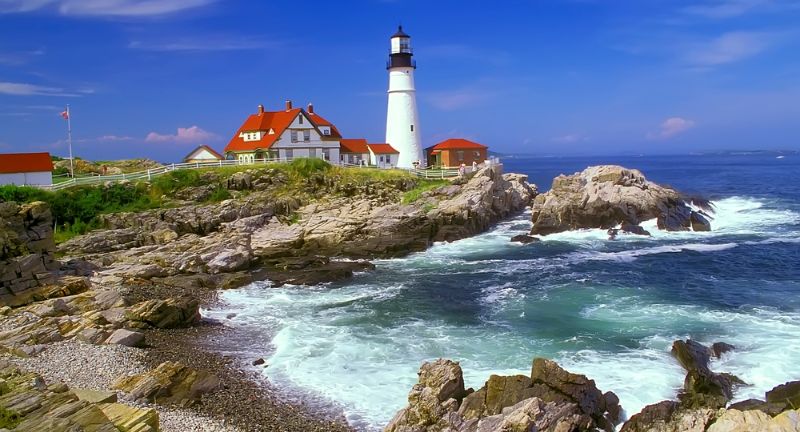
Shutterstock
Portland, Maine, is protected from the brunt of hurricanes that hit other parts of the East Coast. Tornadoes and earthquakes are virtually non-existent in this part of New England. While coastal regions are typically at risk of flooding, Portland’s geographic position shields it from most extreme events. It offers a great balance of coastal beauty without the high risk of natural disasters.
Cleveland, Ohio

Shutterstock
Cleveland’s inland location on Lake Erie keeps it safe from hurricanes that frequently affect the eastern and southern parts of the U.S. Tornadoes are uncommon, and the area experiences almost no significant earthquake activity. Although winters can bring heavy snow, the region is well-equipped to manage such conditions. Cleveland offers a secure place to live, free from the constant threat of more severe natural disasters.
El Paso, Texas
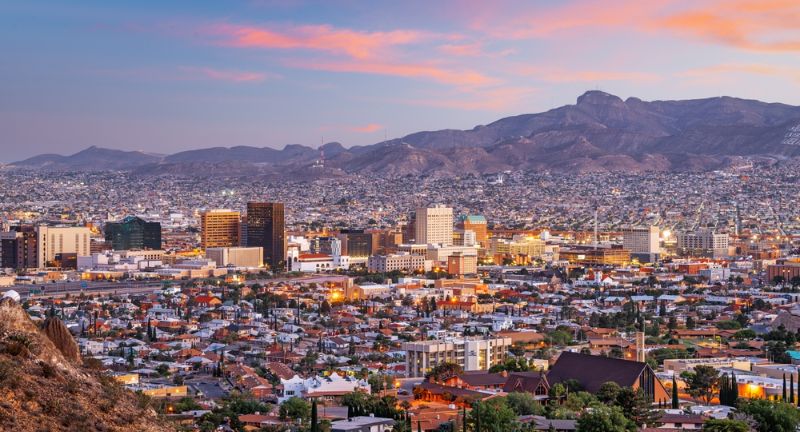
Shutterstock
El Paso, located in the southwestern part of Texas, is well out of reach of the hurricanes that frequently affect the Gulf Coast. It is also largely free from the threat of tornadoes that affect other parts of the state. Earthquakes are rare, and the dry desert environment significantly reduces flood risks. El Paso provides an ideal living environment for those seeking shelter from multiple types of natural disasters.
Green Bay, Wisconsin
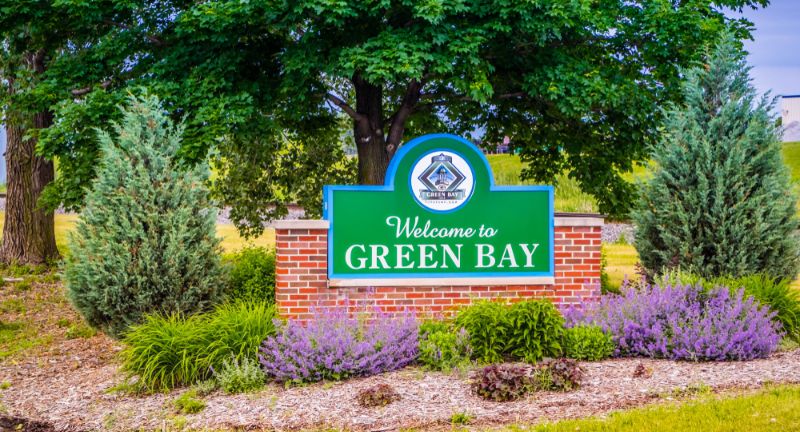
Shutterstock
Green Bay, located far inland, doesn’t experience hurricanes or coastal flooding. The region is also not prone to earthquakes or large-scale tornadoes, making it a safe place to call home. Winters are snowy, but residents are well-equipped to handle the seasonal conditions. Overall, Green Bay offers a disaster-free environment with minimal risks compared to other areas of the country.
Madison, Wisconsin

Shutterstock
Madison is free from the hurricanes, earthquakes, and tornadoes that affect other parts of the country. The region’s primary weather challenge is cold winters, but it’s well-prepared to deal with snow. Flooding is also rare compared to other parts of the Midwest. For those looking for a stable environment with minimal risk of natural disasters, Madison is an excellent option.
Grand Rapids, Michigan
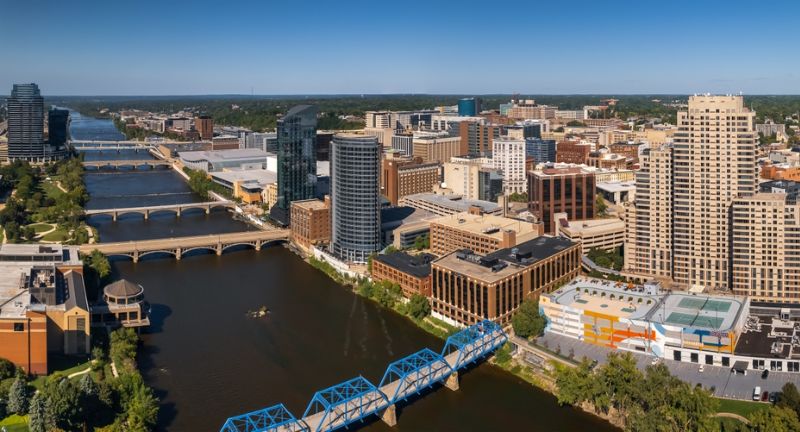
Shutterstock
Grand Rapids benefits from being far from coastal hurricane zones and isn’t prone to severe tornadoes like other parts of the Midwest. Earthquakes are also extremely rare in this area. Flood risks are minimal, especially compared to more flood-prone regions. This makes Grand Rapids a great option for those seeking safety from a wide variety of natural disasters.
Rochester, New York

Shutterstock
Rochester’s inland location provides safety from hurricanes and coastal flooding. The area is also relatively free of tornadoes and earthquake risks. While the region experiences heavy snowfall, it is well-prepared for winter weather. For those prioritizing natural disaster safety, Rochester offers a peaceful and stable living environment with few major risks.
Buffalo, New York

Shutterstock
Buffalo, like Rochester, is well-insulated from natural disasters such as hurricanes and major tornadoes. Earthquake risks are also very low in this region. While winters can bring significant snow, the city is equipped to manage heavy snowfall with ease. Buffalo remains a safe option for those wanting to live in a city that is largely unaffected by severe weather and natural disasters.
Pittsburgh, Pennsylvania
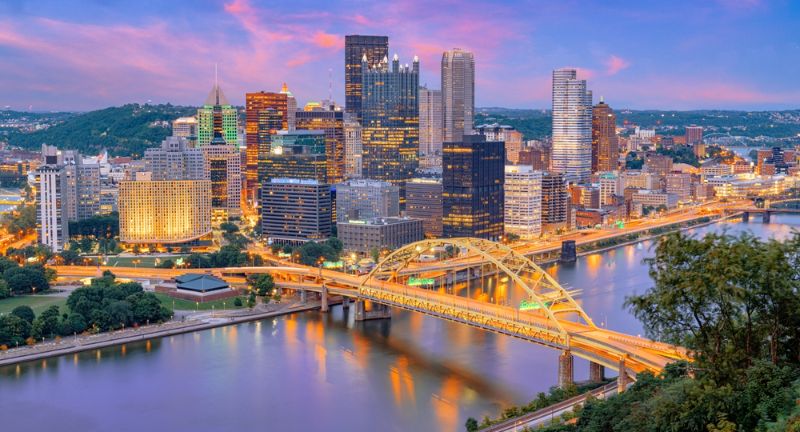
Shutterstock
Pittsburgh’s inland and elevated location shields it from hurricanes, and the hilly landscape helps minimize the effects of flooding. Tornadoes are rare in this region, and the city is not prone to earthquakes. Though occasional snow and minor flooding may occur, Pittsburgh is generally safe from major natural disasters. It’s an appealing choice for those seeking a disaster-free living environment.
Milwaukee, Wisconsin
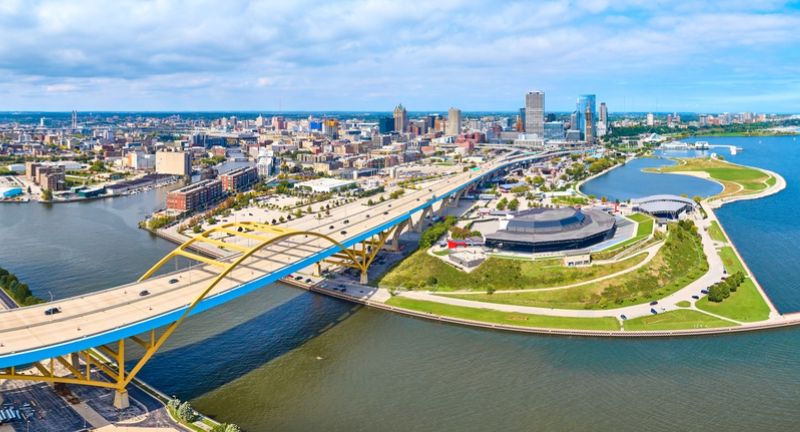
Shutterstock
Milwaukee enjoys the benefit of being far from the coasts, making it safe from hurricanes and significant storm surge flooding. Tornadoes are rare, and the city is not situated near any major earthquake fault lines. While winters bring snow and cold temperatures, Milwaukee’s infrastructure is built to handle such conditions. It’s a solid choice for anyone looking to avoid the more severe natural disasters found in other parts of the country.
Columbus, Ohio

Shutterstock
Columbus is far removed from the coastal hurricane zone and rarely experiences tornadoes. The area also sees almost no seismic activity, keeping it safe from earthquakes. While minor flooding can occur in certain low-lying areas, it’s not a major concern compared to other regions. This combination of factors makes Columbus a smart choice for those looking to avoid natural disasters while enjoying a vibrant city life.
Lansing, Michigan
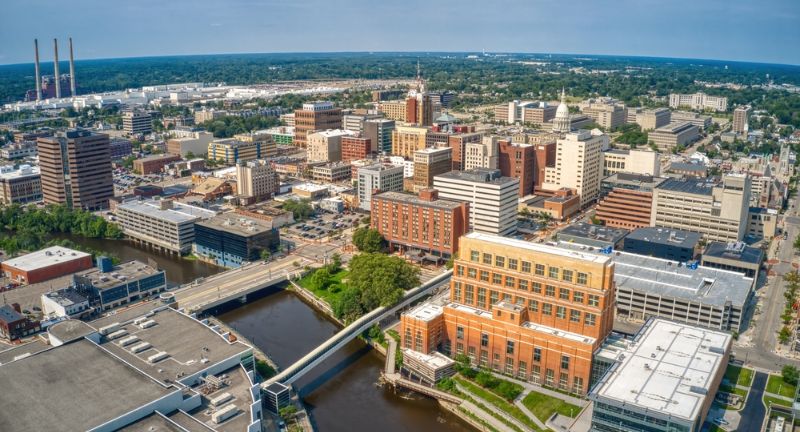
Shutterstock
Lansing’s location in central Michigan shields it from the coastal threats of hurricanes and storm surges. The area is also not prone to tornadoes or earthquakes, and the risk of flooding is minimal. Winters can be cold and snowy, but the city is well-equipped to handle these conditions. Lansing is a reliable option for those who want to avoid major natural disasters while living in the heart of the Great Lakes region.
Lexington, Kentucky
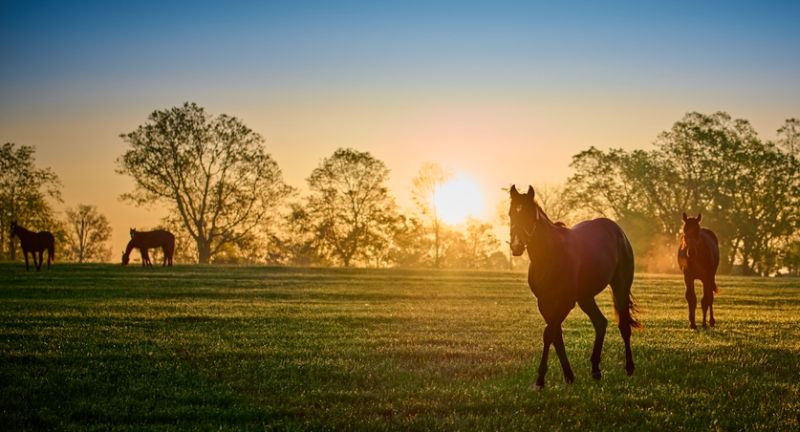
Shutterstock
Lexington offers protection from hurricanes, tornadoes, and significant earthquakes. The region is known for its rolling hills and is far enough from rivers to avoid major flood concerns. While some winter weather occurs, Lexington is relatively mild compared to other parts of the country. Its central location and low disaster risk make it an appealing place for those prioritizing safety from natural disasters.
Denver, Colorado

Shutterstock
Denver’s high elevation protects it from flooding, and the city is far removed from the paths of hurricanes and tornadoes. While snow can be heavy in the winter, the city’s infrastructure is designed to manage it. Earthquakes are rare in this part of Colorado, making it a stable place to live. Denver’s natural disaster risks are minimal compared to other regions, making it a safe and desirable location for residents.
Charleston, West Virginia
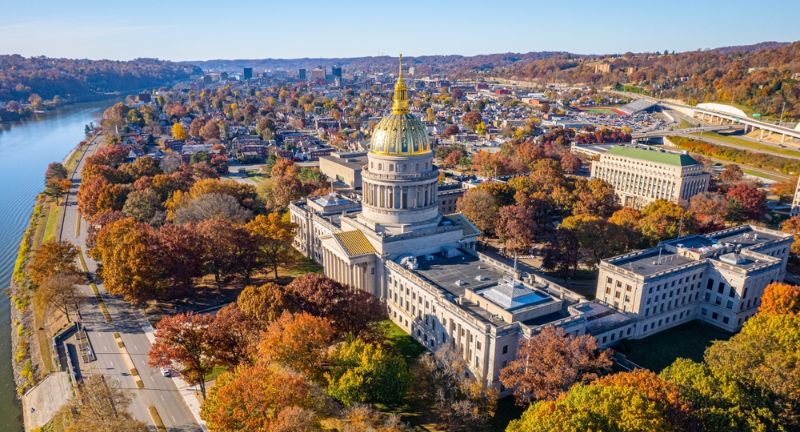
Shutterstock
Charleston is nestled in the Appalachian Mountains, which protects it from hurricanes and other coastal storms. The region is not known for tornadoes or significant seismic activity, making it a safe bet for avoiding natural disasters. While river flooding can occur occasionally, it’s not a widespread issue. Charleston provides a peaceful and secure environment for those looking to avoid major natural disasters.
Fargo, North Dakota
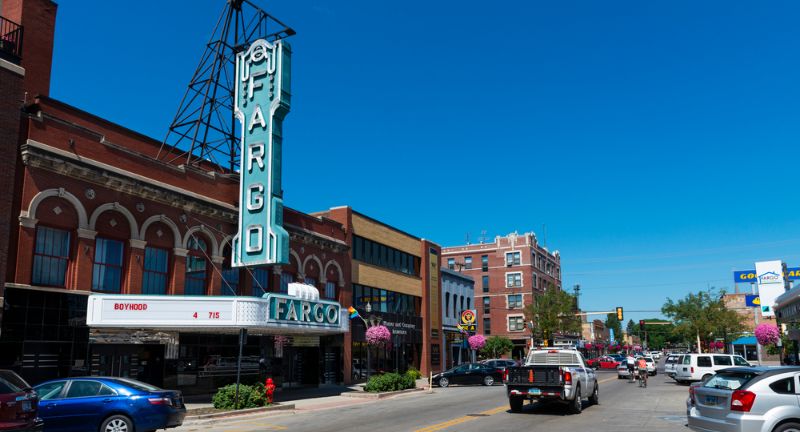
Shutterstock
Fargo is far removed from the paths of hurricanes and tornadoes, making it a safe option for those wanting to avoid such disasters. Earthquakes are almost unheard of in this part of the country. While Fargo experiences cold winters, the region is well-prepared to handle snow and ice. The lack of major natural disasters makes Fargo a secure place to live year-round.
Boulder, Colorado

Shutterstock
Boulder, located at a high elevation, is protected from flooding and hurricanes that affect lower-lying areas. Tornadoes are rare, and the city does not experience significant earthquake activity. Wildfire risks are low, and winter weather, while present, is manageable. Boulder is a desirable location for those seeking safety from a wide variety of natural disasters.
Akron, Ohio
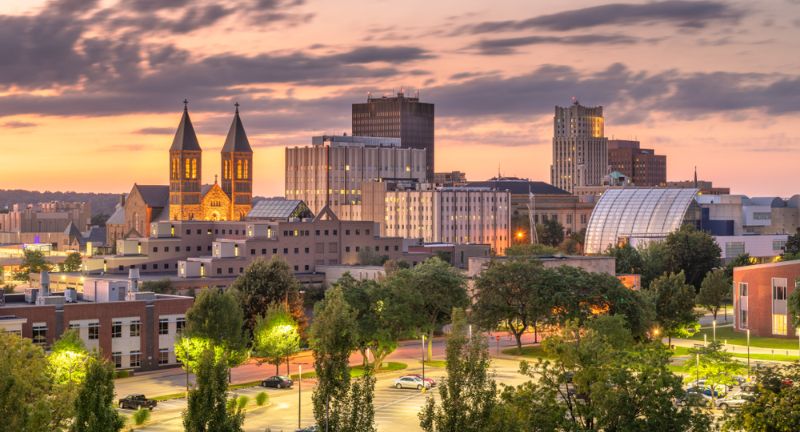
Shutterstock
Akron is located inland, away from hurricane paths, and the region experiences little risk of earthquakes. Tornadoes are rare, and flooding risks are minimal compared to other parts of the country. Akron enjoys a relatively stable climate, with manageable winters and few extreme weather events. It’s a great option for those prioritizing a safe environment free from major natural disasters.
Allentown, Pennsylvania
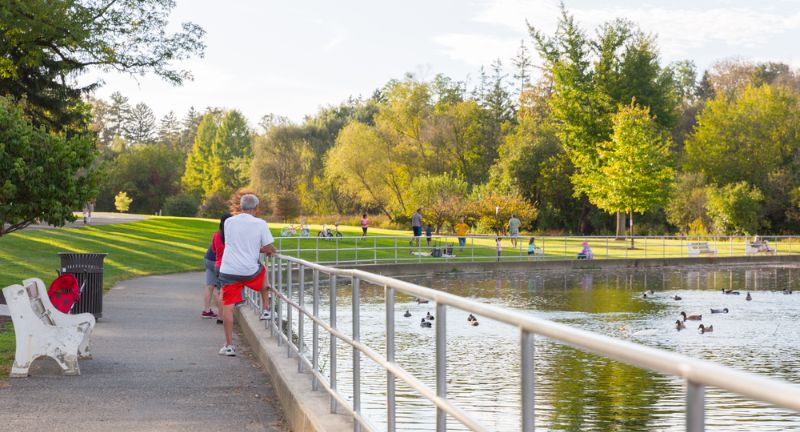
Shutterstock
Allentown is well-insulated from most natural disasters, including hurricanes and earthquakes. Tornadoes are rare in this part of Pennsylvania, and while snow can occur in the winter, it’s not severe compared to other regions. The area’s rivers occasionally pose a flood risk, but it’s a minor concern compared to other cities. Allentown is an excellent choice for those seeking a safe, disaster-free living environment.
Springfield, Illinois
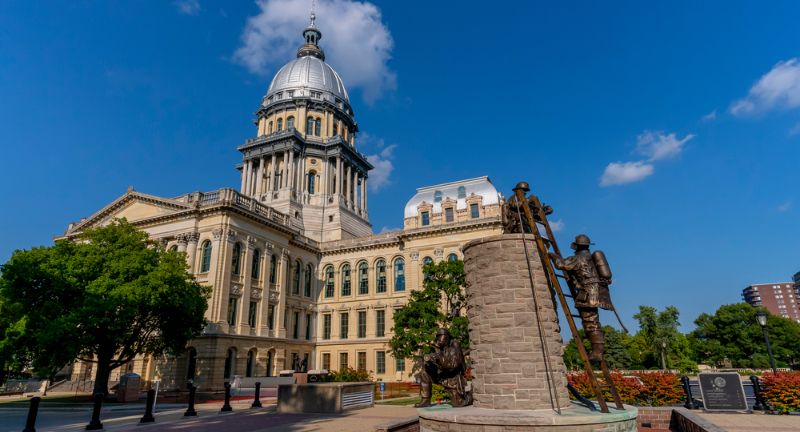
Shutterstock
Springfield’s central location in Illinois places it far from coastal hurricanes and flood risks. The city also sits in a region where tornadoes and earthquakes are rare, giving residents peace of mind. While winter can bring some cold and snow, it’s mild compared to many other regions. Springfield is a solid choice for anyone looking to avoid natural disasters while enjoying a stable, Midwestern lifestyle.
Conclusion
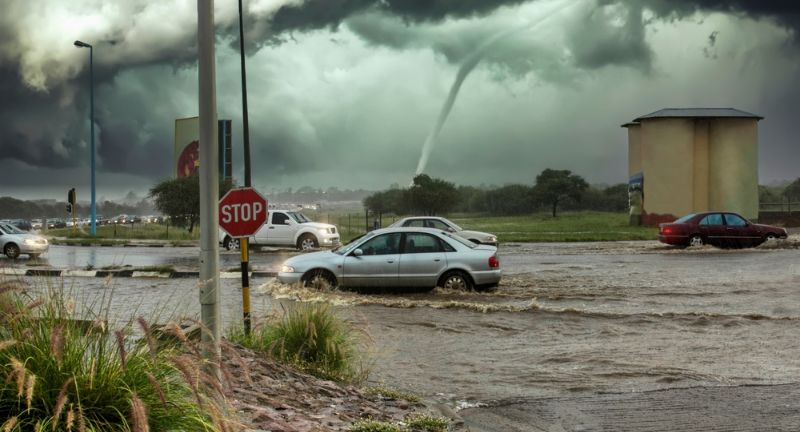
Shutterstock
Choosing a place to live that minimizes the risks of natural disasters is a smart decision for your peace of mind and long-term safety. While no location is completely risk-free, the cities and regions we’ve covered offer significant protection from the most common natural threats. Whether you prefer the snowy winters of upstate New York or the dry climate of the Midwest, each of these places provides unique benefits along with safety. As you consider your next move, keep these areas in mind for a more secure and stable living environment. After all, living in a low-risk area means one less thing to worry about in your everyday life.
More From Local News X
-


20 Best Places To Visit During The Fall For The…
-
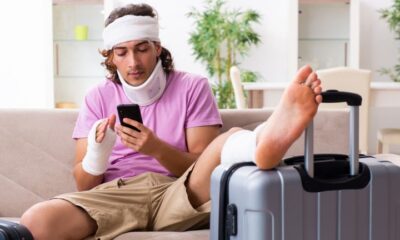

25 Most Common Travel Blunders People Make And How To…
-
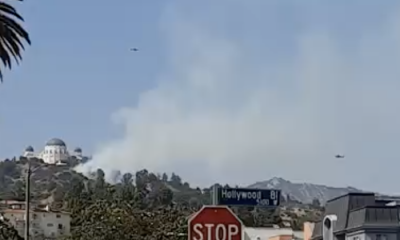

MORE: Fire Erupts Near Griffith Observatory in Los Angeles, CA
-
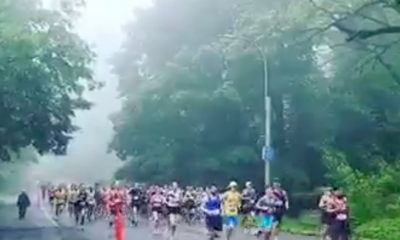

Humid, Foggy Weather Leads to Complications During Brooklyn Half Marathon,…
-
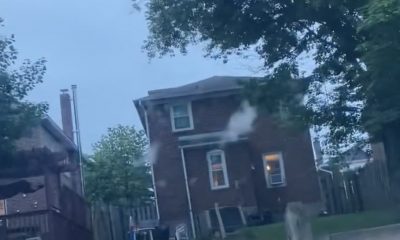

Debris falls from sky into neighbor’s yard in Pottstown, PA…
-
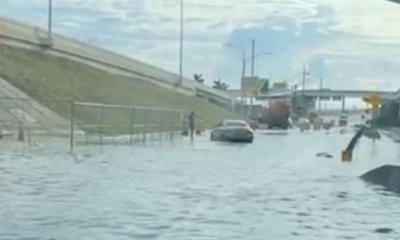

Flooding in Miami Submerges Cars
-
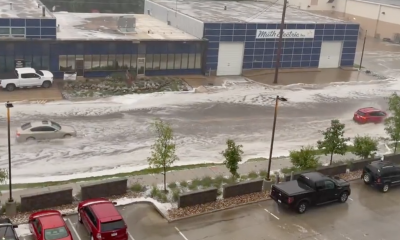

Severe Flooding in Omaha, Nebraska
-


25 Shocking Discoveries Made In The Last 25 Years
-
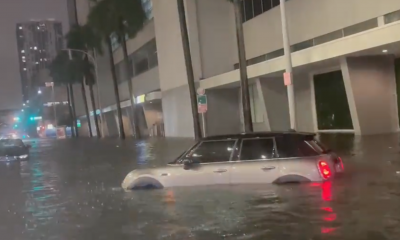

Heavy Flooding in Miami Traps People and Submerges Cars
-


Large Wildfire Breaks Out in Napa County, California
-


Mount Bulusan Volcano has phreatic eruption in Sorsogon, Philippines
-


Man Kayaks Through the Flooded Streets of Miami
